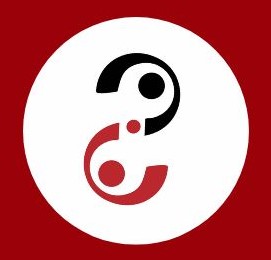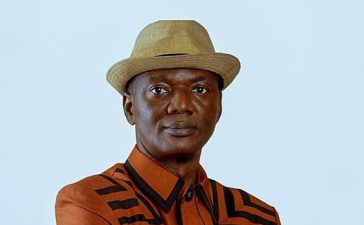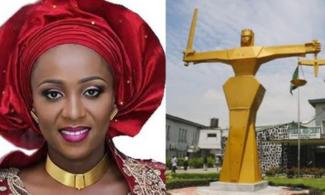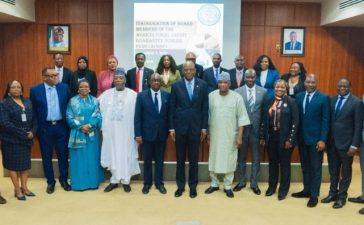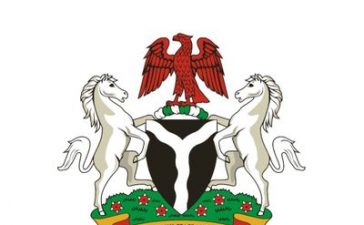The Ilorin Durbar Festival is a breathtaking celebration of heritage, unity, and royal pageantry—an explosion of colour, tradition, and spiritual pride that brings the Ilorin Emirate to life. With majestic horses, rhythmic drumming, regal processions, and thousands of indigenes and visitors converging in celebration, the Durbar stands as a powerful symbol of Ilorin’s cultural identity.

In the wake of this grand spectacle, a team of travel journalists—led by the President of the National Association of Tour Operators (NATOP) Alhaja Bolaji Mustapha visited the Danmasani of Ilorin and Chairman of the Ilorin Emirate Durbar Committee, Engineer Suleiman Yahaya Alapansanpa.
During the visit, he offered valuable insights into the historical roots and deep Islamic essence of the Durbar, the uniqueness of the title “Shehu,” and Ilorin’s identity as a city shaped not by conquest, but by religious scholarship and communal harmony.
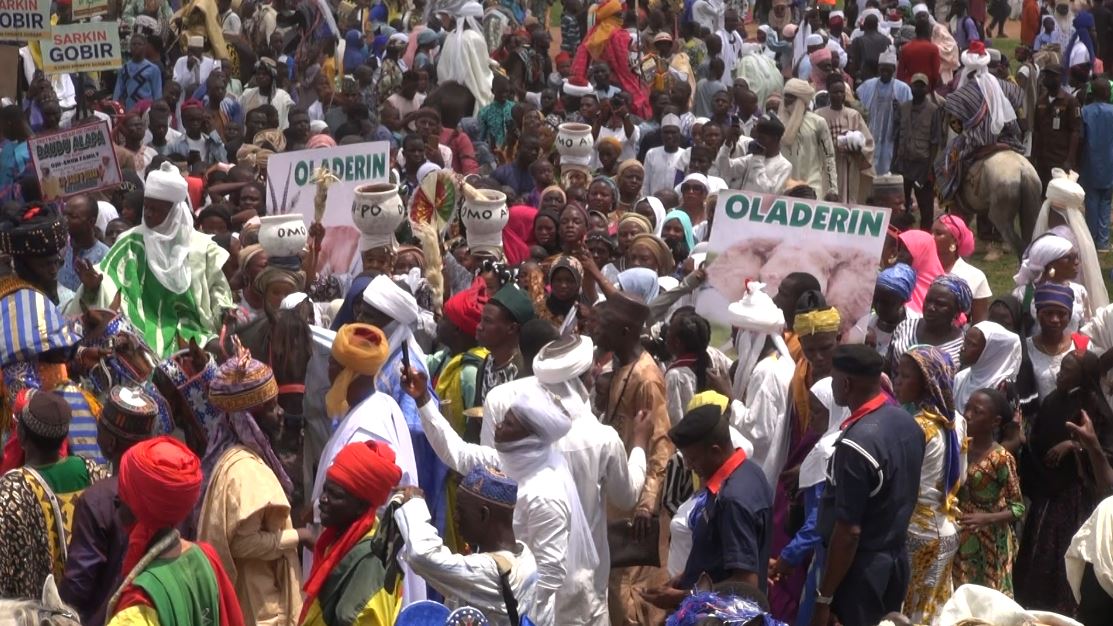
AV1 News brings you highlights of the conversations with him in this interview.
AV1 News: We noticed a massive turnout at this year’s Durbar festival, which clearly shows how much the event means to the people of Ilorin. As the chairman of the organizing committee, could you share with us what the Durbar represents and why it draws such passionate interest from the community?
Danmasani of Ilorin & Chairman, Ilorin Emirate Durbar Committee: Thank you. The Durbar is more than just a festival for us—it is a living symbol of our heritage, tradition, and collective identity as the people of Ilorin. Every son and daughter of the emirate is deeply connected to it. There’s an adage among us that says, “Horse riding is our pride,” and we’ve embraced it as a core part of our expression.
Historically, the Durbar dates back to around 1830 after a victorious defense of Ilorin against invading forces led by the last king of Oyo and the Baruba chief, Bucha. That victory, which happened on a Sallah day, marked the beginning of the Durbar celebration. The warriors returned with over 1,000 horses to the Emir’s palace in celebration—and that triumph became an annual tradition.
Though it declined for a while, His Royal Highness, in his wisdom, revived it in 2018 as the Grand Durbar, and this year marks the eighth edition since its revival. The event has grown in scale and quality each year. The Durbar is not just a show—it’s a showcase of our unity in diversity, featuring the rich cultures of the seven major tribes that make up Ilorin: Yoruba, Hausa, Fulani, Gobiri, Nupe, Kanuri, and Baruba.
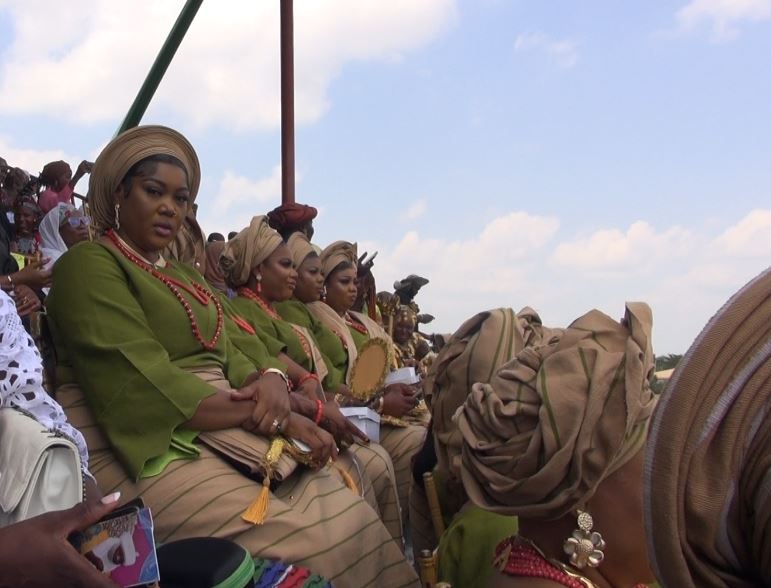
AV1 News: Why was there a long break in the celebration of the Durbar before its revival in 2018?
Danmasani of Ilorin & Chairman, Ilorin Emirate Durbar Committee: Great question. The truth is, everything evolves. The enthusiasm for the Durbar had waned over the decades. But in 2018, our Emir recognized the need to revive this key piece of our identity. He understood that if we didn’t act, it might fade away completely.
The revival has reignited community pride, boosted tourism, and promoted economic and cultural unity. Now, Durbar is not only a festival—it’s the global face of Ilorin.
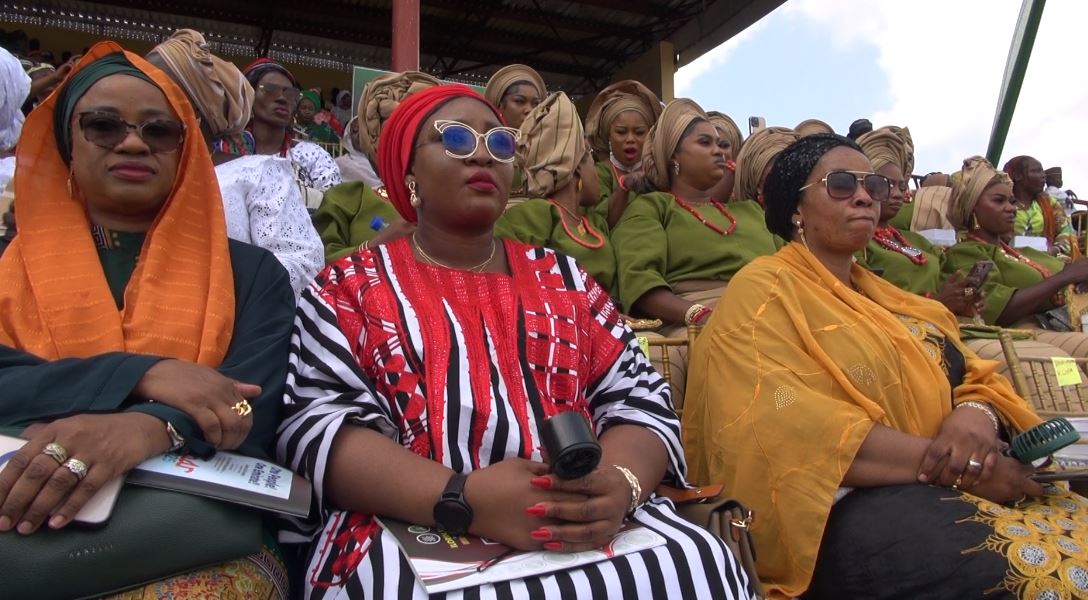
AV1 News: There’s a business potential here. With the increasing popularity of the Durbar, is there a plan to commercialize the event and create economic opportunities for the people?
Danmasani of Ilorin & Chairman, Ilorin Emirate Durbar Committee: Absolutely. This year, we deliberately engaged tourism stakeholders, business leaders, and cultural operators. We’ve built strong local participation, and now we’re expanding beyond Ilorin.
Next year, our goal is to make the Durbar not just a cultural festival but a major economic platform. We want it to attract investors, tourists, and brands—providing income and opportunities for our youth.
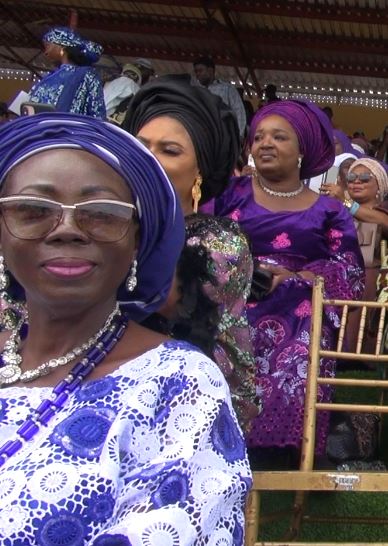
AV1 News: Are you planning to partner with private sector organizations to better organize and manage the Durbar as it grows toward an international standard?
Danmasani of Ilorin & Chairman, Ilorin Emirate Durbar Committee: Yes, that’s part of our strategic plan. We’ve already set up working groups, including multinationals and cultural consultants, to help structure the Durbar in a way that meets international expectations. We’re moving towards professionalism, scalability, and global visibility.
AV1 News: We observed a strong emotional response from the people when the Emir appeared. Does he engage the public outside the Durbar?
Danmasani of Ilorin & Chairman, Ilorin Emirate Durbar Committee: Our Emir is not like many other traditional rulers. He is not a socialite; he doesn’t attend parties or make casual public appearances. He is both a spiritual and cultural leader, deeply rooted in Islamic scholarship.
He appears in public only two or three times a year, and when he does—like during Durbar—the people respond with overwhelming love and respect. That’s why there’s no need for security around him. His presence commands peace and reverence. It’s a bond built on mutual loyalty and spirituality.

AV1 News: Given the massive turnout and national interest, how do you plan to handle the growing scale of the Durbar in future editions?
Danmasani of Ilorin & Chairman, Ilorin Emirate Durbar Committee: Yes, the crowd has outgrown our traditional venue at the Emir’s palace. This year, over 17 countries were represented. Agencies like the National Council for Arts and Culture, NCAA, and NTDA were all present.
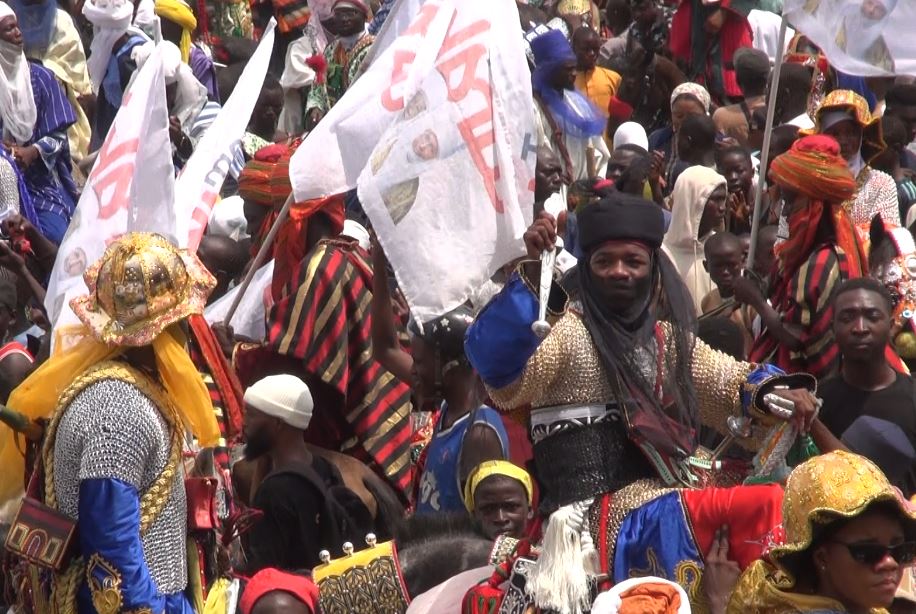
Going forward, we are considering relocating to a more spacious venue and implementing better logistics to accommodate the growing number of participants. We are planning with both safety and spectacle in mind.
We want Nigeria and the world to see Ilorin as a symbol of unity in diversity. Our emirate is proof that different tribes and faiths can live in peace and progress. The Durbar reflects who we are—rich in culture, strong in faith, and deeply rooted in love and loyalty.
So, I invite everyone—Nigerians and the international community—to experience Ilorin. Not just for the Durbar, but for the culture, the peace, and the opportunities.
